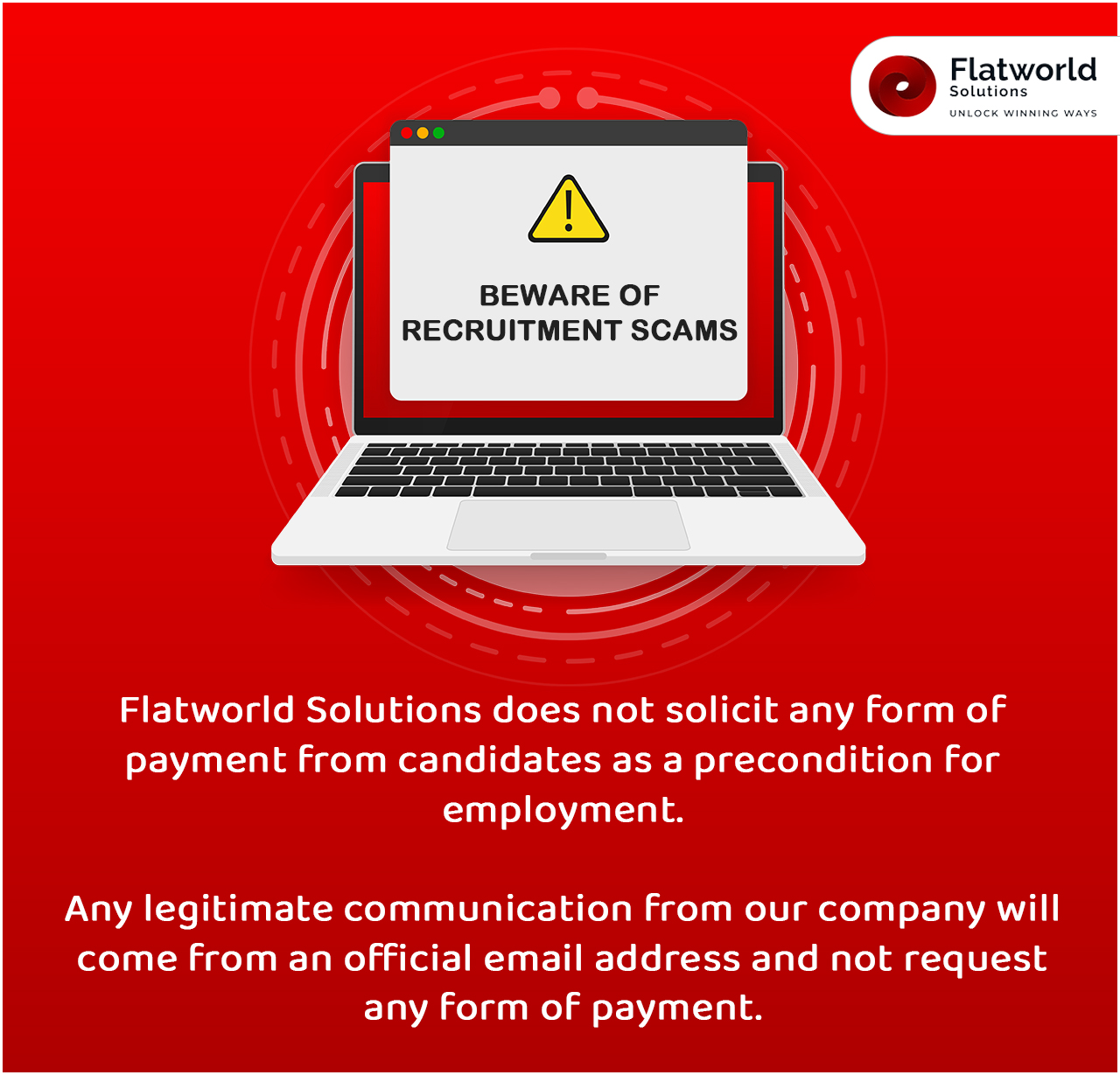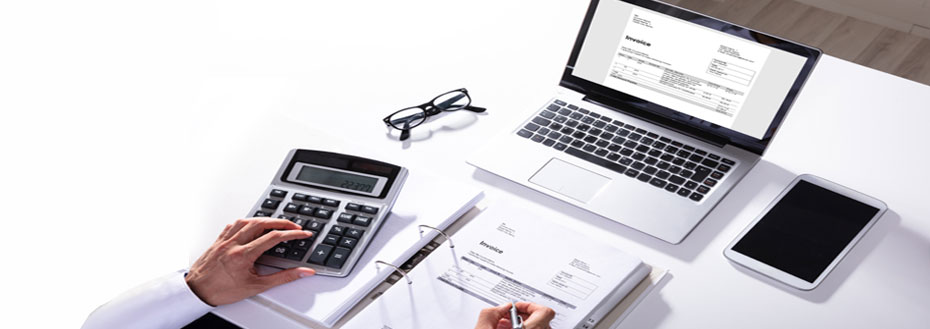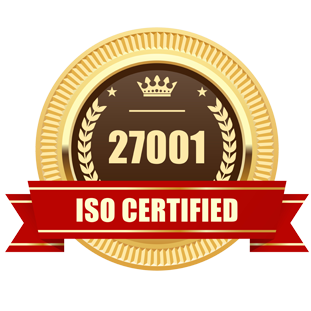Whatever industry vertical your business might belong to, be it the manufacturing or services industry, invoicing is an integral part for every business. Invoice processing is a time consuming and complicated task, especially when it comes to manual invoicing. Though there are many invoicing automation tools available in the market today, most of the companies still prefer using paper invoicing. PDFs are still one of the most common formats used to receive and send invoices.
Businesses need to understand why this process of manual invoicing is time-consuming and in most cases is also error prone. They need to take a close look at the steps in paper invoicing and try to optimize and improve them. In this article, we have listed the main steps in paper invoicing and the major challenges of using paper-based invoices.
5 Major Steps in Paper Invoicing
It is important to properly comprehend the steps involved in paper invoicing so as to rectify any errors and improvise on the hidden opportunities present in the process. Different companies might be following different steps for paper invoicing, but the basic steps remain the same in all cases. Here we have listed the various steps involved in manual invoice processing -
-
Gathering Invoices
Usually, suppliers generate and print the invoices and send it across to the buyer. Once the buyer receives these invoices, they have to sort these invoices and send them to the accounts payable department of the company. The accounts payable staff then key in these details into the system manually, or in some cases using OCR technology.
-
Checking the Quality of Invoices
The received invoices need to be verified to ensure that the payment terms are correct and the payments are accurate. The accounts payable team staff usually checks for errors such as missing Purchase Order numbers, incorrect account numbers, etc. They are also validated to check if the billed amount is the same as the amount of goods/ services procured. Finally, the cost center checks the tax treatment for the invoice.
-
Getting the Invoices Approved
After the quality checking is done for the invoices, these invoices usually need to get approved by some higher authorities in the company. The accounts payable team needs to forward these invoices to the appropriate personnel for approval. If there are any kinds of discrepancies in the invoices, the buyer needs to contact the supplier and sort it out before receiving authorization from the concerning person.
-
Invoice Accounting
The accounts payable team needs to record the various expenses in the general ledger of the company. The invoices are then stored and archived in different files. This needs to be done very carefully and in a systematic manner as these invoices can be retrieved in the future if needed.
-
Payment of Invoices
When all the required approvals from higher authorities are received the accounts payable team of the company processes the payment. The payment is usually made through paper checks or by using Automated Clearing House (ACH) payments.
7 Major Challenges of Paper Invoicing
Paper-based invoice processing or manual processing poses quite a few challenges which results in unnecessary costs and reduced efficiency. Here we have listed the paper invoicing challenges that most companies face -
-
Error-prone Procedures
Invoices are usually received through multiple channels such as mail, courier, fax, e-mail, etc. Having such multiple channels can cause confusions unless all the invoices are keyed into the same system. The entering of data into the systems has to be done manually which can further lead to possible errors. Some of the errors may include paying the same invoice twice, paying for services without delivery, paying incorrect amounts, duplication of invoices, etc.
-
Labor-intensive Processes
A lot of time is wasted in manually checking and verifying invoices. The accounts payable team has to verify the invoices by checking the purchase order or contract which can be time-consuming. If there is any kind of information missing they might have to send it across to some higher authority for cross verification. Depending on the size of the company, there may be thousands of invoices sent around and can result in unnecessary waste of time and resources.
-
Monitoring Can Be Painful
Unless the paper invoices are filed and stored properly in a systematic manner, they can be easily misplaced. Monitoring each and every paper invoice can get difficult at times. The accounts payable team may also end up spending time in answering queries from suppliers about the payment status.
-
Invoice Approvals Take Time
Getting approvals on time is one of the major challenges for the accounts payable team. The accounts payable personnel have to chase down the invoice approvals as there will be delays when the invoices are printed or mailed. By using an automated system, the delays in invoice approvals can be minimized and also easily tracked.
-
Missing Purchase Order Numbers
Some of the invoices received by your accounts payable team may not have a purchase order number. This happens when the supplier has provided the goods or services without receiving a purchase order. The main challenge is to identify the purchaser and the original authorizer. This makes the entire invoice processing process lengthy. Automating the process negates this challenge completely.
-
Duplicate Invoices
Duplicate invoices can be the biggest challenge for any company dealing with paper invoices. Duplicate payments arising through fraud or due to a genuine mistake on the supplier's part can make the tracking of the corresponding paper invoice very challenging. These mistakes in turn can lead to higher costs and wastage of unnecessary time in the entire paper-based invoice processing process.
-
Missing or Incorrect Data
Incorrect or missing data in a paper invoice may be difficult to identify in the processing line and may only be noticed later. This challenge can be negated by using highly efficient invoice management systems. These systems will ensure that all the required information is available at the start of the process.
Choose Flatworld Solutions for Hassle-free Invoice Processing Services
Flatworld Solutions has been providing exceptional invoice processing services and a host of other financial services to global clients. Over a period of 22 years, we have worked with both large multinationals as well as small to medium-scale corporations to provide them with customized invoicing solutions for automatic handling and processing of credit notes, supplier invoices, and accounts payable information. We employ the best infrastructure and high-end invoice scanning technologies aided with the latest invoice processing software to provide our clients with best services. Our cost-effective and quick services have helped clients to save a considerable amount of time and money.
If you are looking for a highly accurate, efficient, and cost-effective invoice processing service provider, then you have come to the right place. Get in touch with us today!
Contact UsOur Customers





Philippines Finance and Accounting Services
Hire experienced and talented Filipino finance & accounting professionals & for your business

USA
Flatworld Solutions
116 Village Blvd, Suite 200, Princeton, NJ 08540
PHILIPPINES
Aeon Towers, J.P. Laurel Avenue, Bajada, Davao 8000
KSS Building, Buhangin Road Cor Olive Street, Davao City 8000
INDIA
Survey No.11, 3rd Floor, Indraprastha, Gubbi Cross, 81,
Hennur Bagalur Main Rd, Kuvempu Layout, Kothanur, Bengaluru, Karnataka 560077



